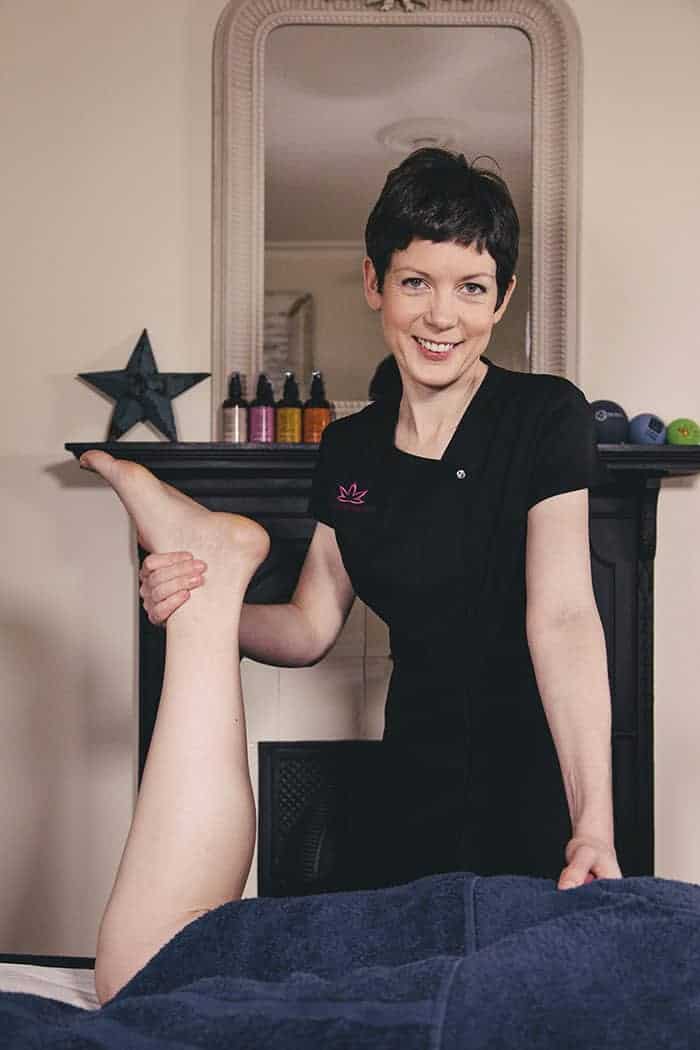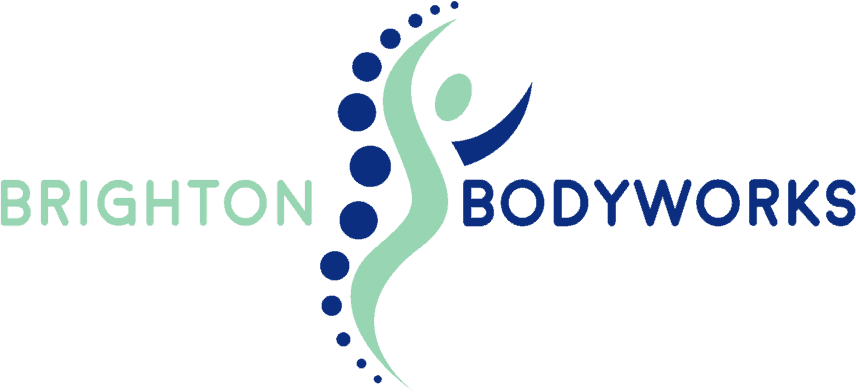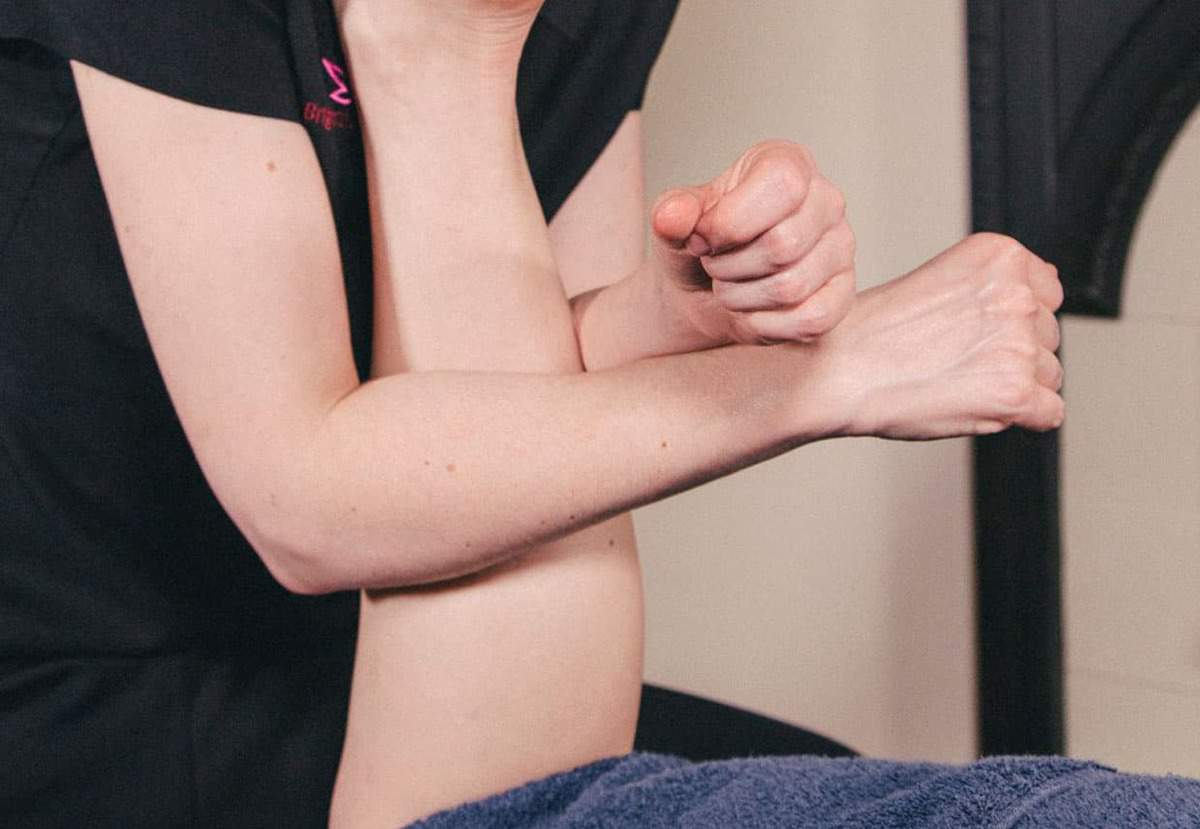Shin Splints – what are they?
When it comes to running, ‘shin splints’ are a hot topic. Shin splints (Medial Tibial Syndrome) is a general term used to describe exercise-induced pain in the area of the tibia, which runs down the inner part of the shin. It most commonly affects runners but can also affect anyone who participates in stop-start sports such as tennis. Shin splints can refer to a number of pathologies: microfractures along the tibia, circulatory issues, inflammation of muscle insertions or fascial restrictions.
If you are new to running you are more susceptible to shin splints but fear not, it certainly does not signal the end of your running career!
How does it feel?
Shin splints generally begin as a dull ache; if you continue to exercise the pain will get sharper. If you suspect you have shin splints you should stop exercising in the short term (two weeks initially) so that you do not exacerbate the injury. Whilst you are in recovery mode you can switch to more gentle, low-impact forms of exercise such as swimming or yoga.
Treatment
Applying ice to the area will help reduce pain and inflammation: you can do this with ice packs wrapped in a tea towel and held on the area for ten minutes at a time, 3-4 times a day. Hot and cold contrast bathing can also bring excellent results and I can advise you on this at your appointment.
It can be difficult to determine the exact root cause of your shin splints but usually rest will be all you need to make a full recovery. If you think you would benefit from some soft tissue work, particularly if you are keen to get back to a training schedule quickly and in the best possible shape then massage can support your recovery. Remedial massage techniques for the tibialis anterior, achilles and gastrocnemius in particular can help to break down adhesions and release trigger points, get fresh oxygenated blood flowing and promote healing in the area, and gentle but precise stretching can help get everything back functioning as it should.

Once you are free from pain you are good to get those trainers on again. But start out slowly – at first you are advised to half your usual run time, run on a softy surface and avoid downhill running until you are sure that the pain has subsided. Shoes and technique are very important: it is worth checking your trainers – are they worn out? Could you be an overpronator, in which case do your shoes provide enough support? Any good running shop will be able to help advise you. If you follow this advice you should be able to get back exercising without fear of the problem returning.
If you are suffering with pain of any kind call 01273 729691 to book an appointment with Amy Weinberger at Brighton Bodyworks. Amy is an Advanced Clinical Massage Therapist experienced in treating pathologies of the leg, knee and foot. Your first treatment will begin with a consultation and diagnostic testing to assess your condition, and from this Amy will recommend the best treatment plan for you.


